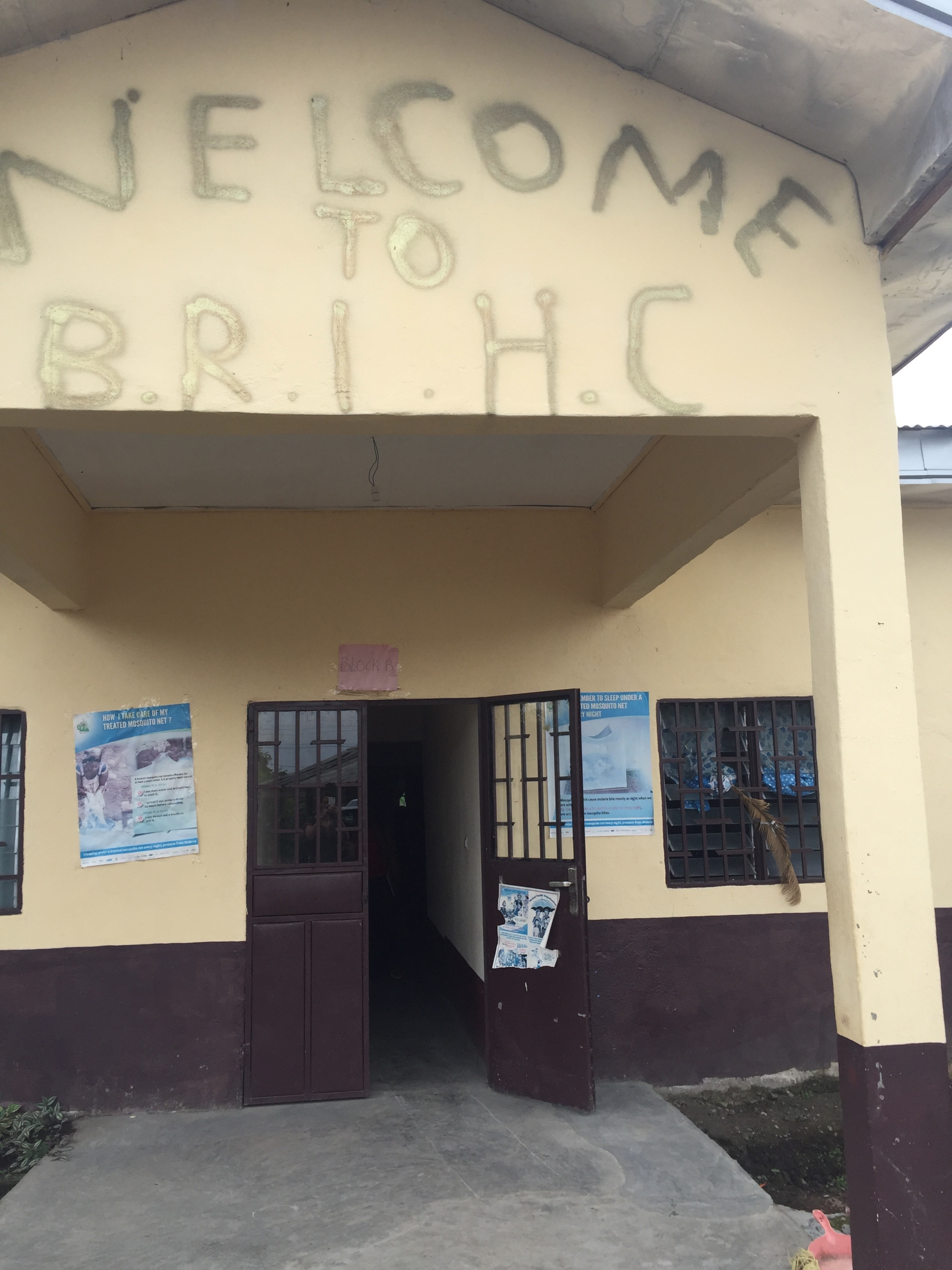
After more than a year of hard work, and months of testing and improvement, we are very pleased to officially release the new ORBF tool. It will help manage RBF and strategic purchasing on top of DHIS2 platforms.
Since 2012, Bluesquare has been developing and deploying OpenRBF in many countries. OpenRBF was a separate and stand alone software platform. In 2016, we decided to re-build the software, and split it into several modules. We also maintained our focus on technology which enhances the health financing capability of DHIS2. This led to the development of three software modules that are plugged into DHIS2.
Over the coming months we will share more on these modules. For today we will focus on ORBF and its great capabilities.
As an example, the screenshot of the benefit package purchased by RBF for health centers in Zimbabwe can be accessed here, and that of a quantity package including items for which health centers receive payments is visible here.
ORBF is an OpenSource tool, and is available and maintained here : https://github.com/BLSQ/orbf2
If you want to learn more about ORBF, and understand how this tool can help you with Result-Based Financing, strategic purchasing on top of DHIS2, or other complex computations, do not hesitate to contact us.
Over the last few months, Cameroon’s PBF Program upgraded their data system from the former PBF data management system, OpenRBF, to the new and improved ORBF. This transition included an overhaul of the existing data system to migrate the program to Bluesquare’s new modularized architecture. ORBF now provides the PBF team with a more flexible system to meet their program needs. It also provides a greater level of autonomy so that they can update their system themselves as the program evolves.
Each national PBF program has its unique organisational elements to take into consideration. Cameroon’s new PBF system uses DHIS2 as the central data management system and Bluesquare’s suite of products to improve how they collect, manage, and then visualize data. ORBF, Bluesquare’s computational rules engine, supports calculations that DHIS2 could otherwise not compute and store.
Cameroon’s PBF program required to develop new features for ORBF. In Cameroon, ORBF had to support a use case where facilities are split into groups of contracted and sub-contracted facilities. A primary facility is responsible for helping the sub-contracted facilities improve their performance. Performance is measured for each facility, and then the contracted groups of facilities, by applying a set of equations to the number of services provided and scores from routine quality assessments.
With ORBF, the program is able to establish a set of rules to manage attribution of services, calculates cores, and allocate program funds. It then sends back the information as singular data elements so that they can be easily used for analysis and included in DHIS2 reports. Now, as the program evolves, new facilities can be added, or contract groups can be added or changed. For instance, a facility’s status can be changed from subcontracted to primary facility, based on performance, or vice versa. Now, with the upgraded system, the PBF data management team in Cameroon is able to manage its system independently and autonomously with limited support from Bluesquare.
Written by Tamara Goldschmidt, Program and Partnership Lead at BlueSquare. Find her on LinkedIn and Twitter.